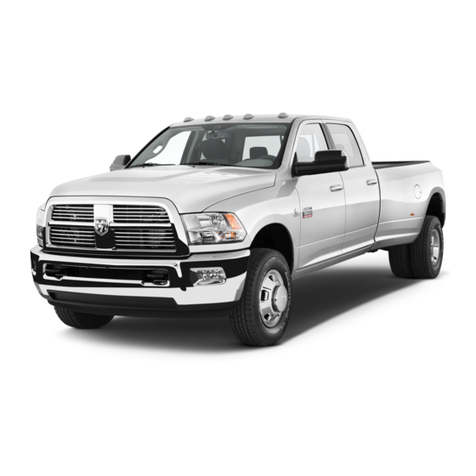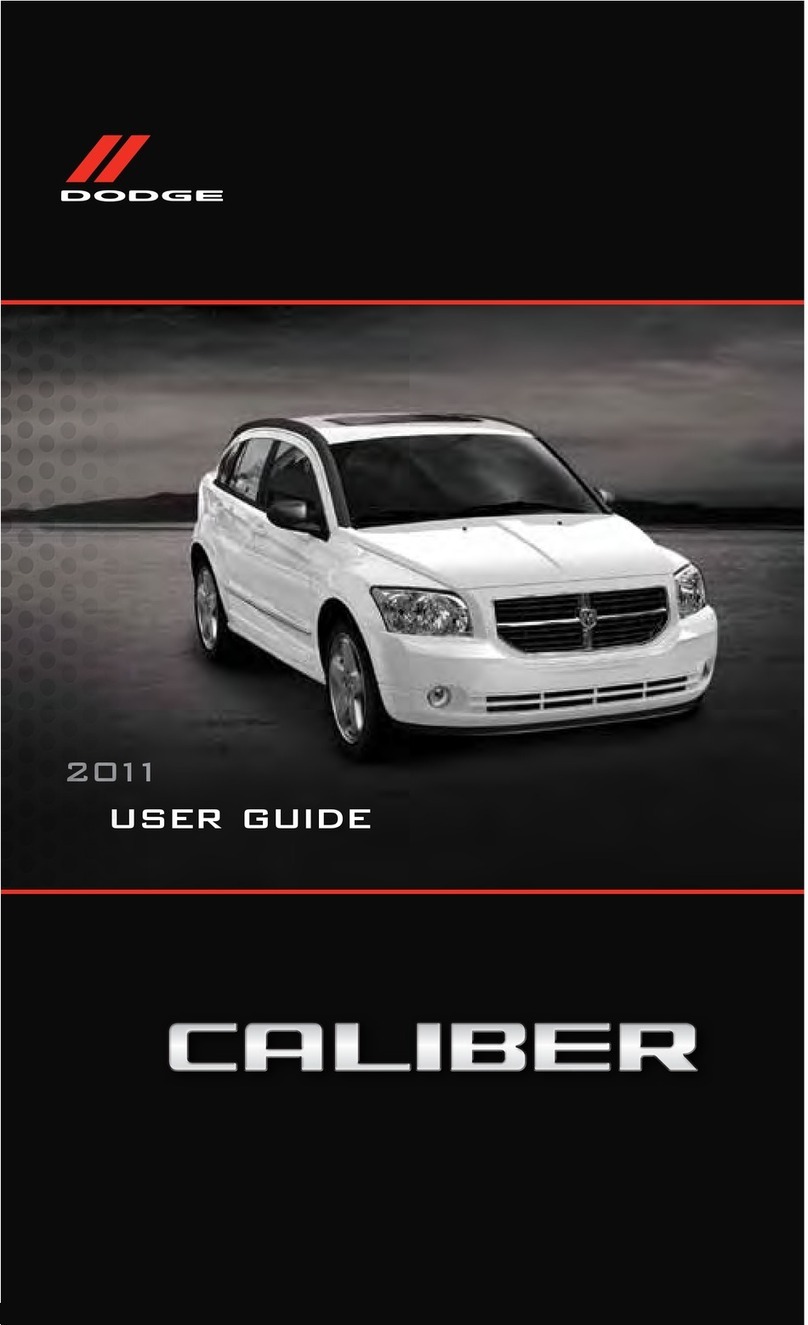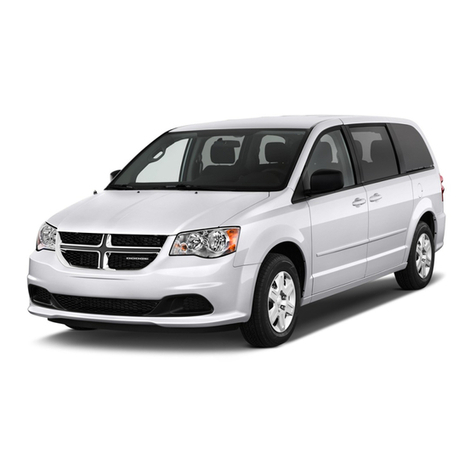Dodge ZB 2005 User manual
Other Dodge Automobile manuals

Dodge
Dodge charger 2017 User manual
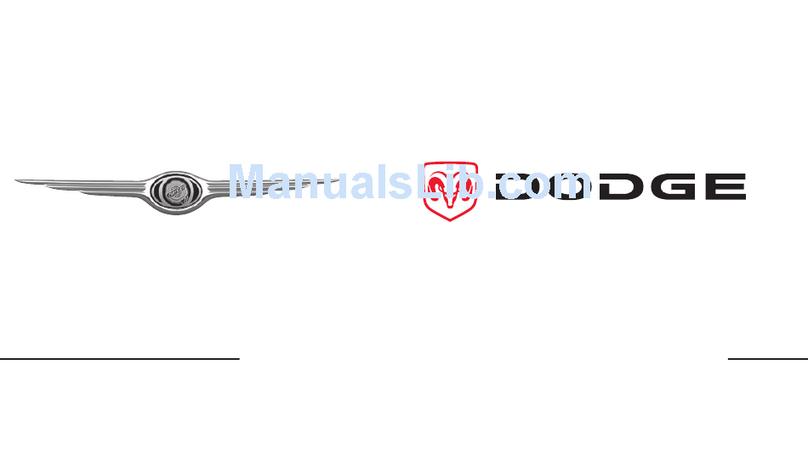
Dodge
Dodge 2009 Aspen Configuration guide

Dodge
Dodge challenger 2017 User manual
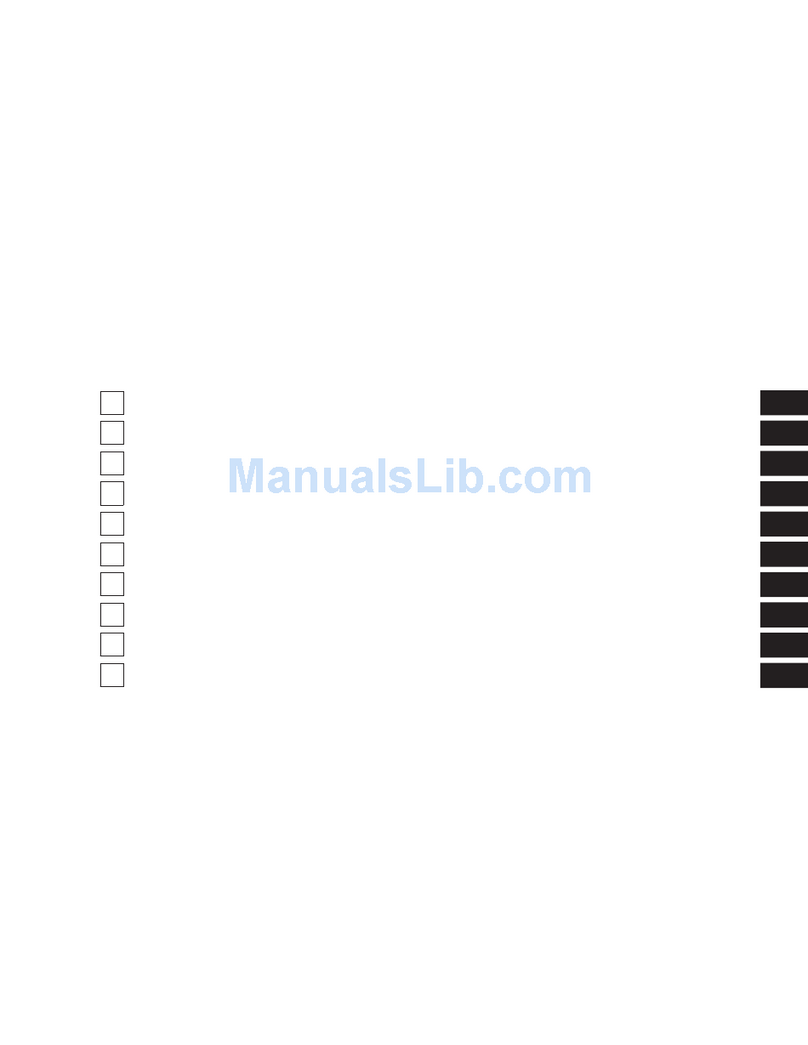
Dodge
Dodge 18681 Viper User manual
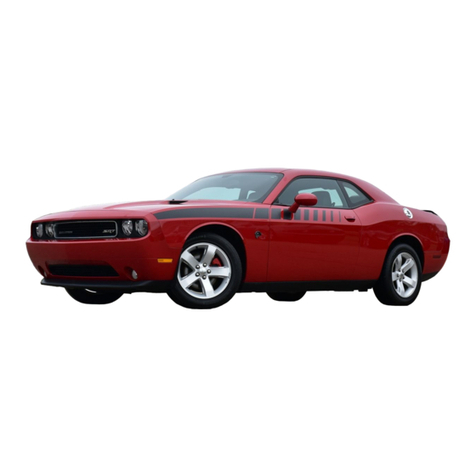
Dodge
Dodge Challenger 2013 User manual
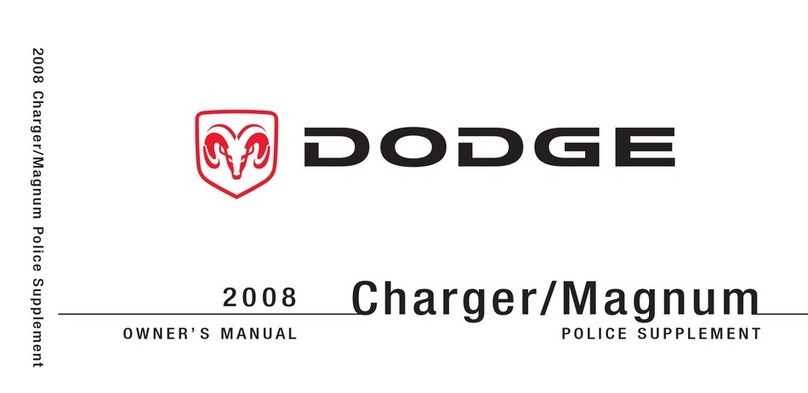
Dodge
Dodge 2008 Charger User manual
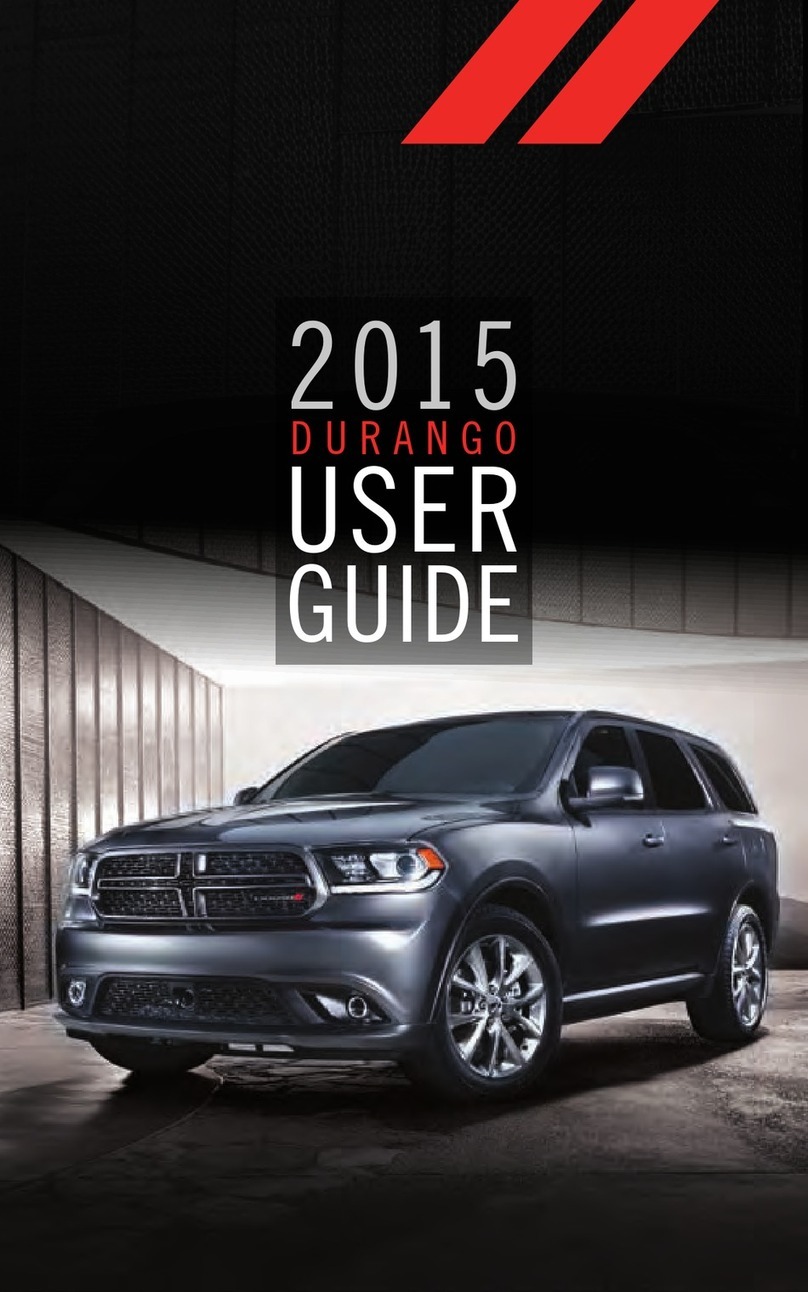
Dodge
Dodge Durango 2015 User manual
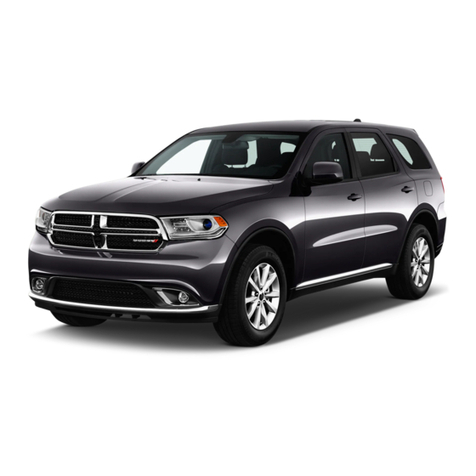
Dodge
Dodge Durango 2015 User manual
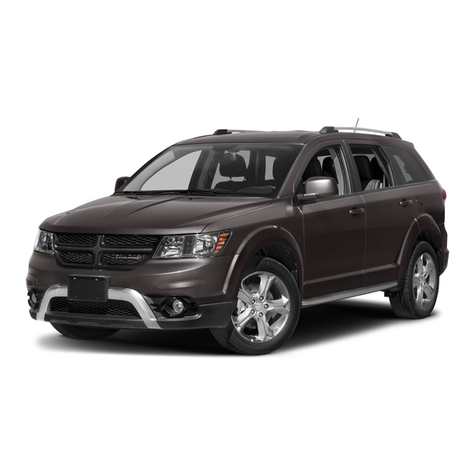
Dodge
Dodge 2016 JOURNEY User manual
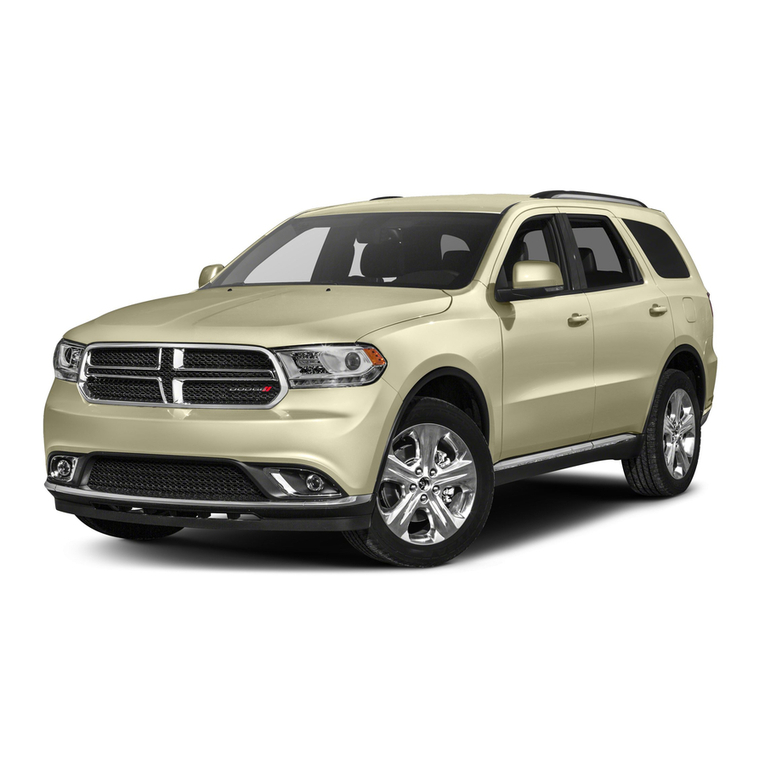
Dodge
Dodge 2014 Durango User manual
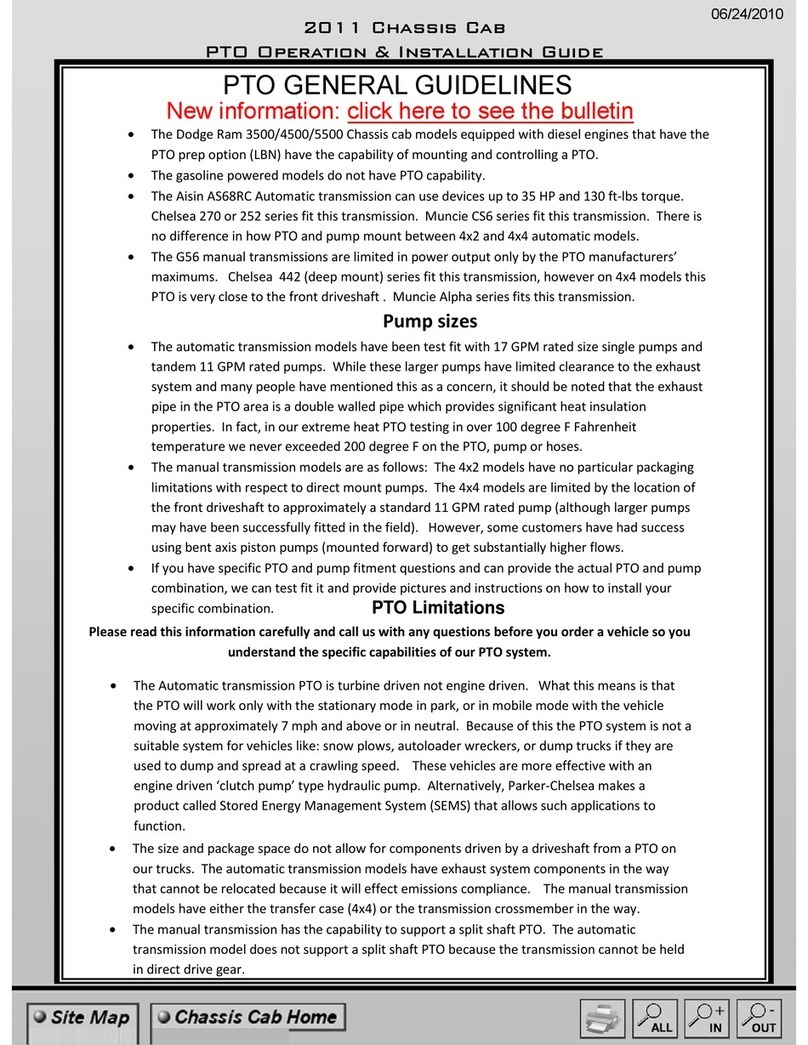
Dodge
Dodge 3500 Ram Chassis Cab vehicle How to use

Dodge
Dodge Ram Truck 2011 User manual
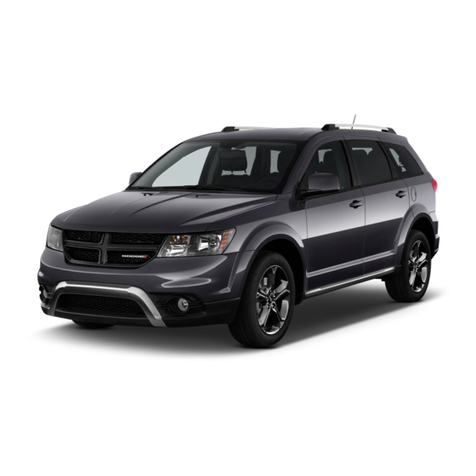
Dodge
Dodge Journey 2018 User manual

Dodge
Dodge 2015 Charger SRT 392 User manual
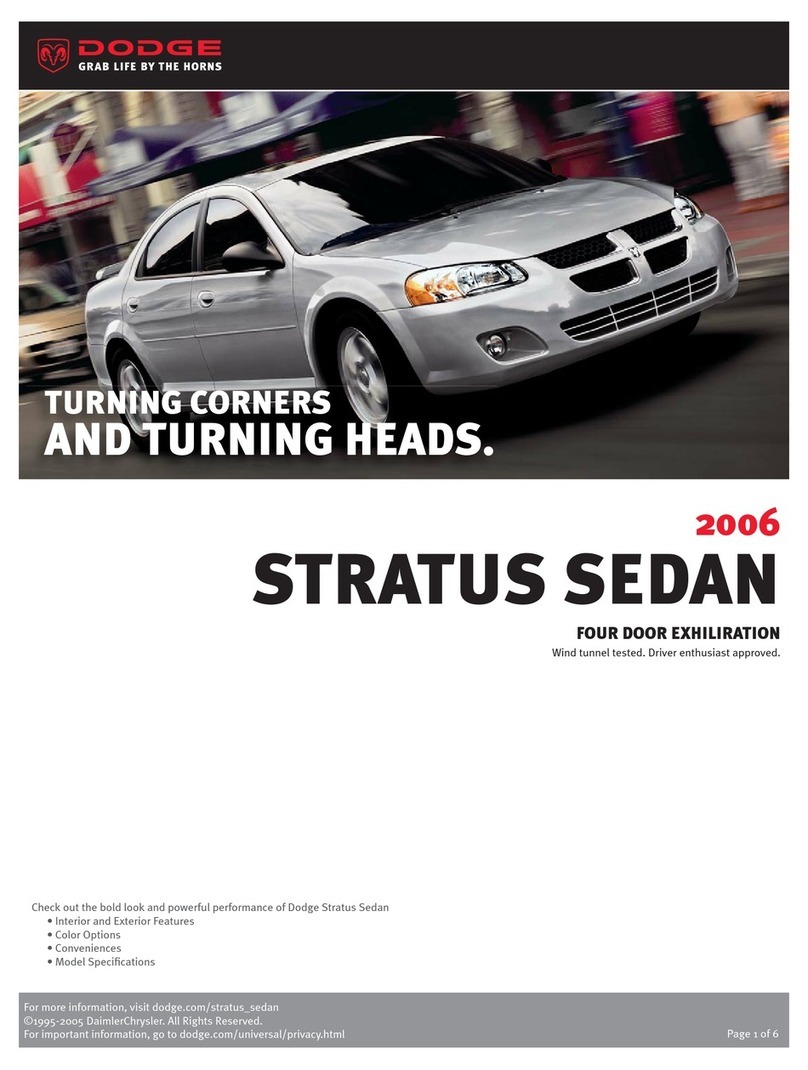
Dodge
Dodge STRATUS SEDAN 2006 User manual

Dodge
Dodge CALIBER 2011 User manual
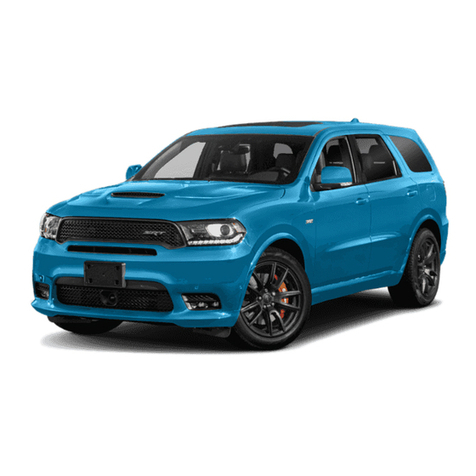
Dodge
Dodge Durango SRT 2018 User manual
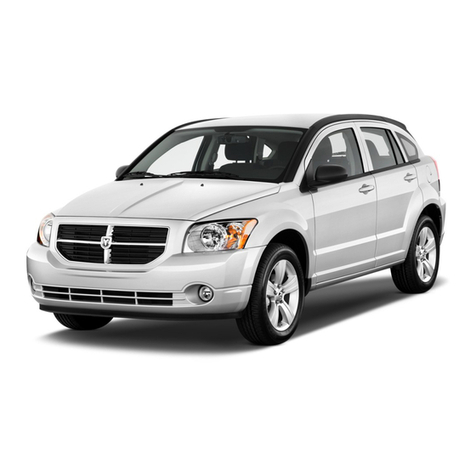
Dodge
Dodge Caliber 2012 User manual
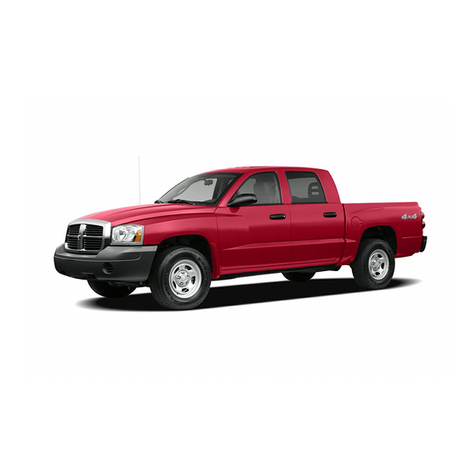
Dodge
Dodge 2006 Dakota User manual
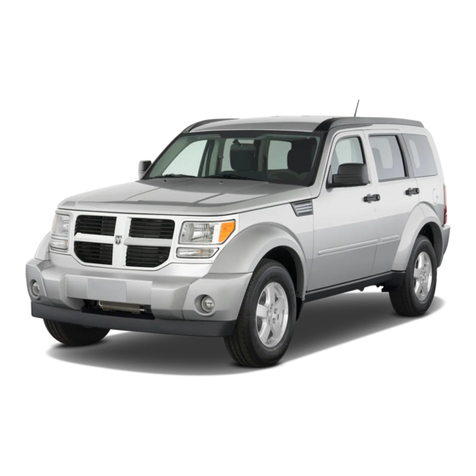
Dodge
Dodge 2011 Dodge Nitro User manual
